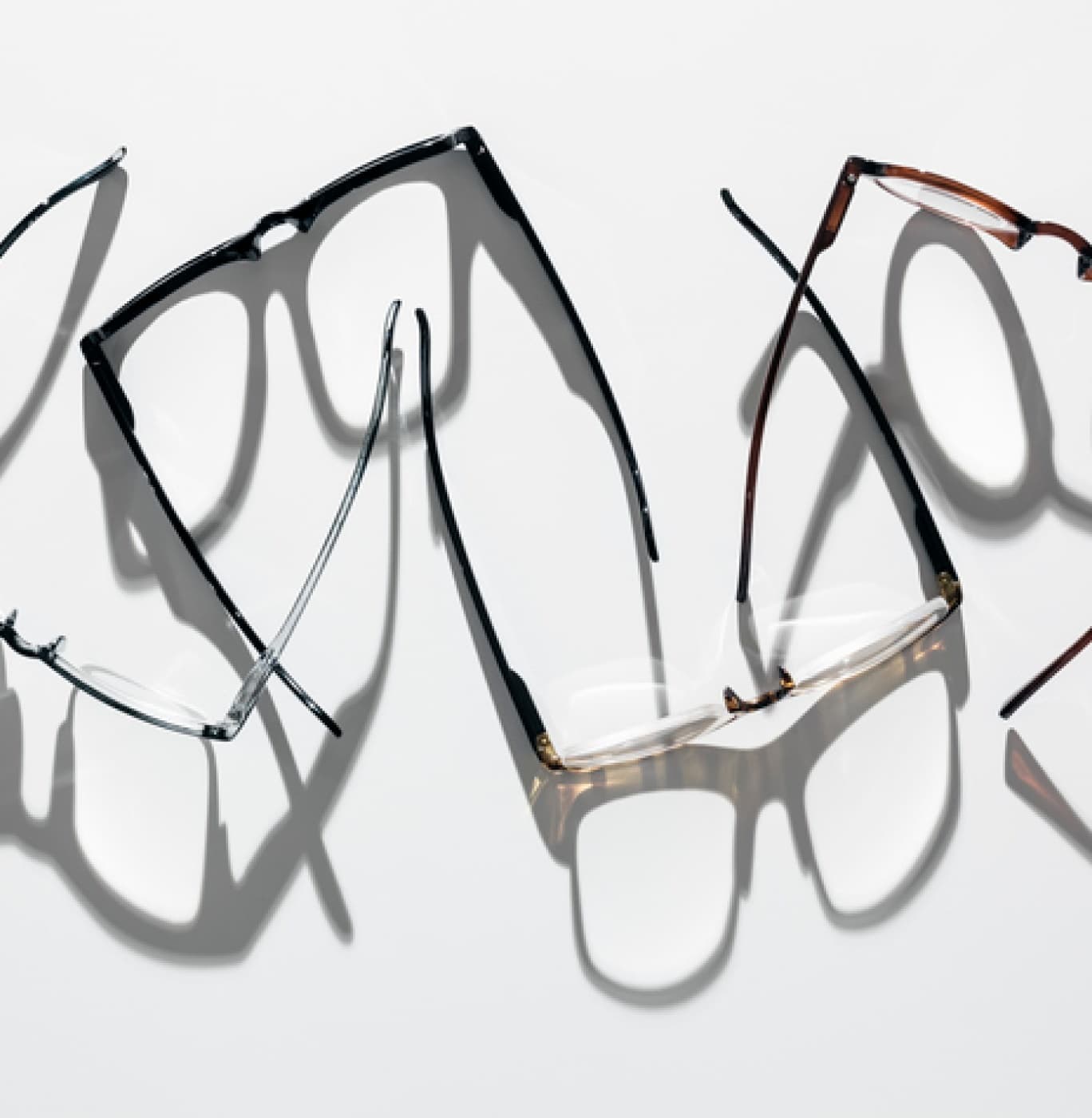La liberté visuelle que vous méritez
Traiter la myopie avec nos lentilles novatrices implantables Collamer®.

Vaste gamme de traitements
Les lentilles et les lunettes peuvent causer des inconvénients et être contraignantes. EVO ICL peut traiter une vaste gamme de prescriptions, de -3 à -20 dioptries.
EVO vs LASIK vs PRK
Lorsqu’on parle de correction de la vue, il peut être difficile de décider ce qui convient le mieux pour vos yeux. Apprenez-en plus sur les différentes procédures et vérifiez si la procédure EVO ICL vous convient.
EVO
LASIK
PRK
Qualité de la vision
EVO
LASIK
PRK
Expérience patient
EVO
LASIK
PRK
Caractéristiques de sécurité
EVO
LASIK
PRK
UV: ultraviolet.
* There is a limit flexibility if future procedures involve the cornea.
** Not applicable
*** Limited
Cela ne prend que 30 minutes
La procédure EVO ICL est peu invasive et les lentilles sont implantées par le biais d’une petite ouverture, permettant une procédure et une récupération rapides.
Avec plus de 3 000 000 lentilles distribuées dans le monde, EVO ICL devient rapidement une procédure de choix en matière de correction de la vue pour plusieurs personnes partout dans le monde.
Informations importantes sur la sécurité
The EVO/EVO+ ICLs are indicated for patients who are 21 to 60 years of age and are available in spherical powers ranging from -3.0 D to -18.0 D for the correction/reduction of myopia with or without a cylinder power range from 1.0 D to 6.0 D. The hyperopic ICLs are indicated for patients who are 21 to 45 years of age and are available in powers ranging from +3.0 D to +10.0 D for the correction/reduction of hyperopia. In order to be sure that your surgeon will use an ICL with the most adequate power for your eye, your nearsightedness, farsightedness and astigmatism should be stable for at least a year before undergoing eye surgery. ICL surgery may improve your vision without eyeglasses or contact lenses. ICL surgery does not eliminate the need for reading glasses, even if you have never worn them before. ICL represents an alternative to other refractive surgeries including, laser assisted in situ keratomileusis (LASIK), photorefractive keratectomy (PRK), incisional surgeries, or other means to correct your vision such as contact lenses and eye glasses. Implantation of an ICL is a surgical procedure, and as such, carries potentially serious risks. The following represent potential complications/ adverse reactions reported in conjunction with refractive surgery in general: additional surgeries, cataract formation, loss of best corrected vision, raised pressure inside the eye, loss of cells on the innermost surface of the cornea, conjunctiva I irritation, acute corneal swelling, persistent corneal swelling, endophthalmitis (total eye infection), significant glare and/or halos around lights, hyphaema (blood in the eye), hypopyon (pus in the eye), eye infection, ICL dislocation, macular oedema, non-reactive pupil, pupillary block glaucoma, severe inflammation of the eye, iritis, uveitis, vitreous loss and corneal transplant. Before considering ICL surgery you should have a complete eye examination and talk with your eye care professional about ICL surgery, especially the potential benefits, risks, and complications. You should discuss the time needed for healing after surgery.
Choisissez votre région
Latin America
Références
1. Patient Survey, STAAR Surgical ICL Data Registry, 2018
2. Sanders D. Vukich JA. Comparison of implantable collamer lens (ICL) and laser-assisted in situ keratomileusis (LASIK) for Low Myopia. Cornea. 2006 Dec; 25(10):1139-46. Patient Survey, STAAR Surgical ICL Data Registry, 2018
3. Naves, J.S. Carracedo, G. Cacho-Babillo, I. Diadenosine Nucleotid Measurements as Dry-Eye Score in Patients After LASIK and ICL Surgery. Presented at American Society of Cataract and Refractive Surgery (ASCRS) 2012.
4. Shoja, MR. Besharati, MR. Dry eye after LASIK for myopia: Incidence and risk factors. European Journal of Ophthalmology. 2007; 17(1): pp. 1-6.
5a. Lee, Jae Bum et al. Comparison of tear secretion and tear film instability after photorefractive keratectomy and laser in situ keratomileusis. Journal of Cataract & Refractive Surgery , Volume 26 , Issue 9 , 1326 - 1331.
5b. Parkhurst, G. Psolka, M. Kezirian, G. Phakic intraocular lens implantantion in United States military warfighters: A retrospective analysis of early clinical outcomes of the Visian ICL. J Refract Surg. 2011;27(7):473-481.
